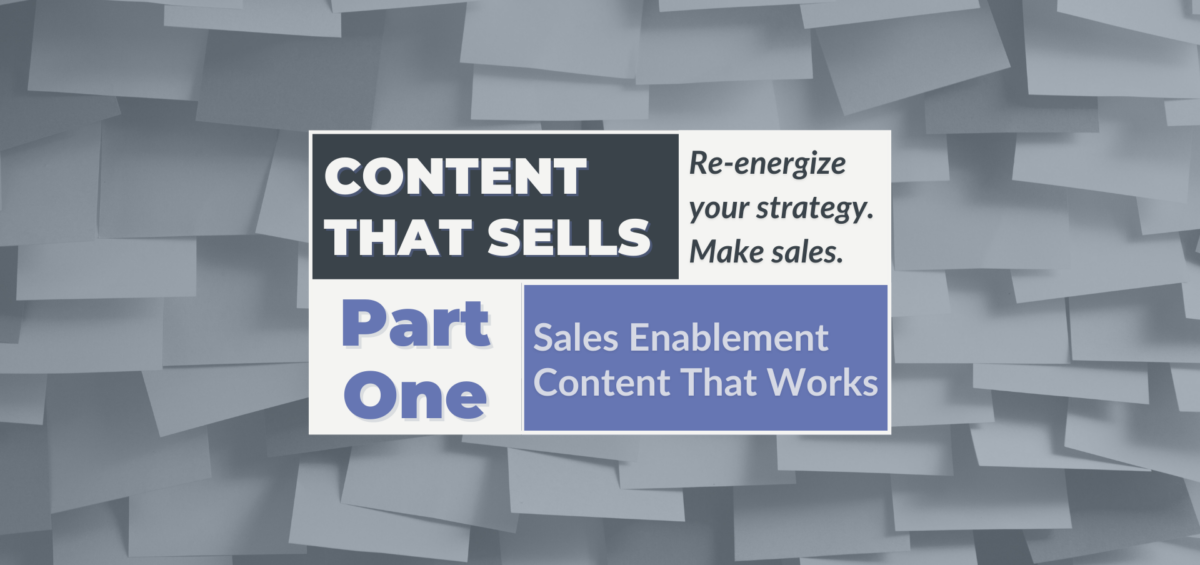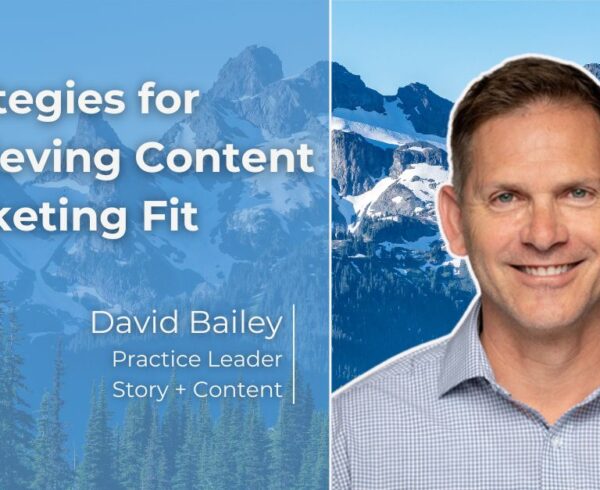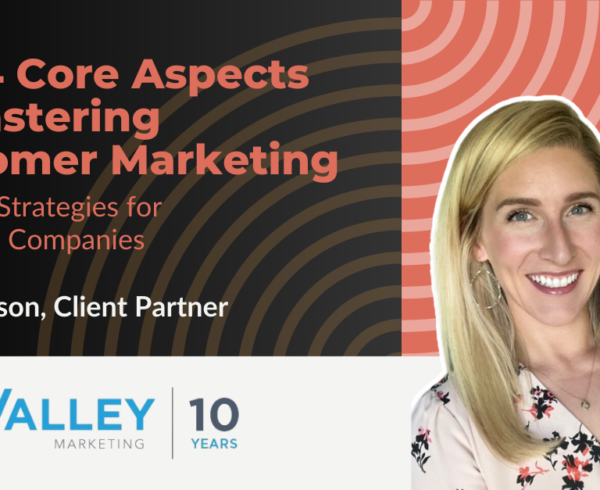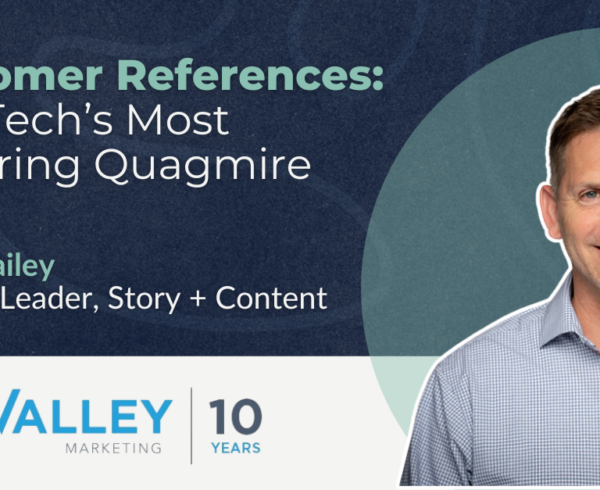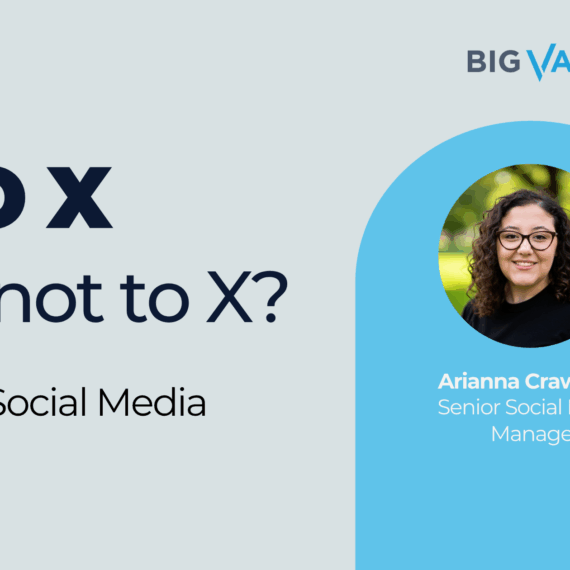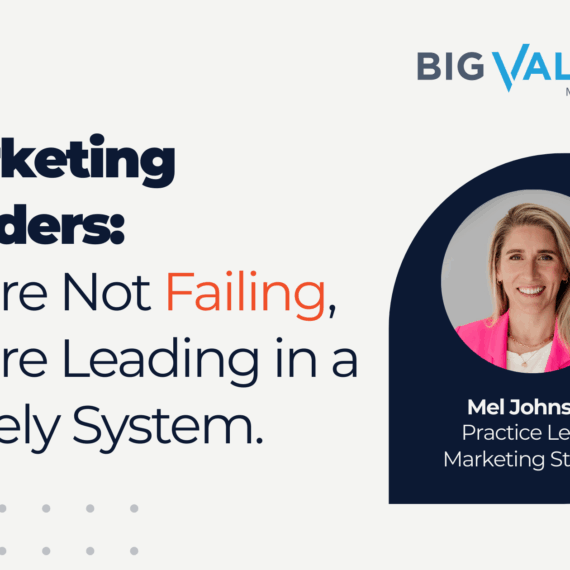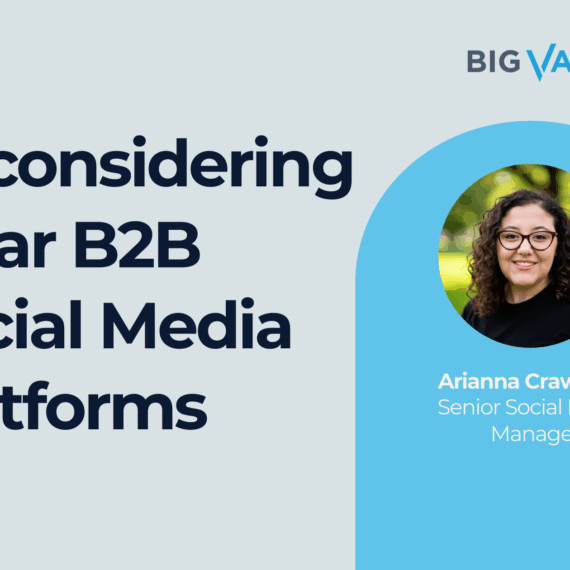According to the American Marketing Association, the majority of marketing goes unused by sales — 90 percent of it, in fact. This is a significant problem, especially since 87% of B2B buyers say that content has a big impact on their buying decisions. Marketing, at its best, influences and enables the sales team and the rest of the company not only to drive revenue but also support existing customers.
Sales enablement provides an opportunity for marketing to take marketing positioning and content, like we are the best in x, y and z, and apply it tactically for the sales team. Sales enablement starts in marketing and finishes in sales. It is a true collaboration.
A Sales & Marketing Collaboration
Sales enablement typically starts with the development of your sales path. How do you qualify and identify opportunities so you can pass qualified leads on to sales? Sales enablement is about providing the right rep to engage the right customer or prospect with the right content, at the right moment in the sales engagement continuum. But what type of content? It could be a news release, product announcement, datasheet, case study – or even basic industry knowledge that will help advance the discussion.
Yet as my colleague, David Bailey, Head of Big Valley Marketing Story + Content Practice, once wrote, “Products aren’t stories.” First, marketing needs to craft a story and customers are typically the best resources for building content. Their feedback can inform a range of content topics, from company messaging and market drivers to competitive differentiators to overcome objections.
Good Sales Enablement Content Is…
Concise: The more concise and shorter, the better. The sales team is not going to read a five-page document. Use bullet points, summaries and “here’s what you need to know”. Typically, a sales rep is going to pull up some content to quickly refresh themselves five minutes before they hop on a call with a prospect or customer. Battle cards are useful when the sales rep is going into a customer or prospect conversation.
Consistent: Consistency is the key to being able to identify what is – and isn’t – working. Sellers need to have a place to be able to grab that content, tweak it to be customer-specific, and then deploy it. If a sales rep is creating their own content and creating their own messaging for that customer, the results are going to be very haphazard.
Customized: The value proposition and messaging may vary across verticals – for example, the messaging for the oil and gas market may differ from telecommunications and financial services. It’s important that you customize the sales enablement content to arm your sales team with the right messaging that addresses how your solution addresses the target vertical specific pain points.
For existing customers, enablement needs to take a customer lens of “How effective is my organization across the customer journey? Where are the areas that organization is not effective, and what do we need to do? When new products launch, enablement is there to provide training content and other resources to help customers be successful and enable any other initiatives that you’re trying to drive.
Making Content Critical To Your Sales Process
How do you know if your sales enablement content is working?
Organizations will often have different ways to measure success, from number of new leads to deals won. Let’s say you are seeing a lot of the opportunities being developed, but the win rate is 10%.
Why? Ask these questions:
– Do I have the right messaging?
– Was our content wrong?
– Do I have the right marketing and sales strategy?
– Do I have the right industry and competitive knowledge?
– Was it poor execution in the field?
One useful approach is to figure out how top performers use content, and to what effect, in the sales process. Tracking sellers’ content usage, the tools used and the external-facing materials shared with prospects all help to quantify content ROI. Many of today’s popular sales enablement platforms also can provide invaluable insights for your business.
Sales enablement should be a continuous feedback loop. If something didn’t go well, if a question was asked by a prospect or customer that a sales rep couldn’t answer, the content should be iterated and fixed immediately to ensure that the next conversation is better. Sales enablement is not developed in January and left untouched until the next year. Sales enablement, driven collaboratively by both marketing and sales, is a living, iterative process about improving how we communicate to prospects and customers.
Remember, you are not in this alone. In his recent piece for Harvard Business Review, Ewan McIntyre, the Chief of Marketing Research and VP Analyst at Gartner, wrote, “Success is almost always a collaborative endeavor. The start of successful collaboration is communication and understanding. CMOs must collaborate with CFOs, CSOs, CIOs, et al., with a clearly defined and shared understanding of how marketing’s programs deliver against business objectives.”
Big Valley Marketing can play an important role in developing and executing your content marketing and sales enablement strategy.
For more information or to learn more, please reach out to me at kburke@bigvalley.co.
I also invite you to share the different types of sales enablement content that works best for your organization in the comments section below.

